Embracing The Magic Of Winter Solstice Celebrations: A Global Tapestry Of Traditions
Table of Contents
As the days grow shorter and the chill of winter sets in, cultures around the world come together to celebrate the Winter Solstice, a momentous astronomical event that marks the shortest day and longest night of the year. Rooted in ancient traditions and closely tied to the rhythms of nature, Winter Solstice celebrations reflect a universal human fascination with the changing seasons and the enduring hope for the return of light and warmth.
Historical Significance:
The Winter Solstice has played a significant role in human history, influencing various cultural, religious, and agricultural practices.
In many ancient societies, this celestial event symbolized the triumph of light over darkness, and the promise of longer days ahead.
Some of the most iconic monuments, such as Stonehenge in England, were constructed with a keen understanding of the solstices, aligning with the sun’s path during these pivotal moments in the solar calendar.
Global Traditions:
1. Yule: Nordic Brilliance
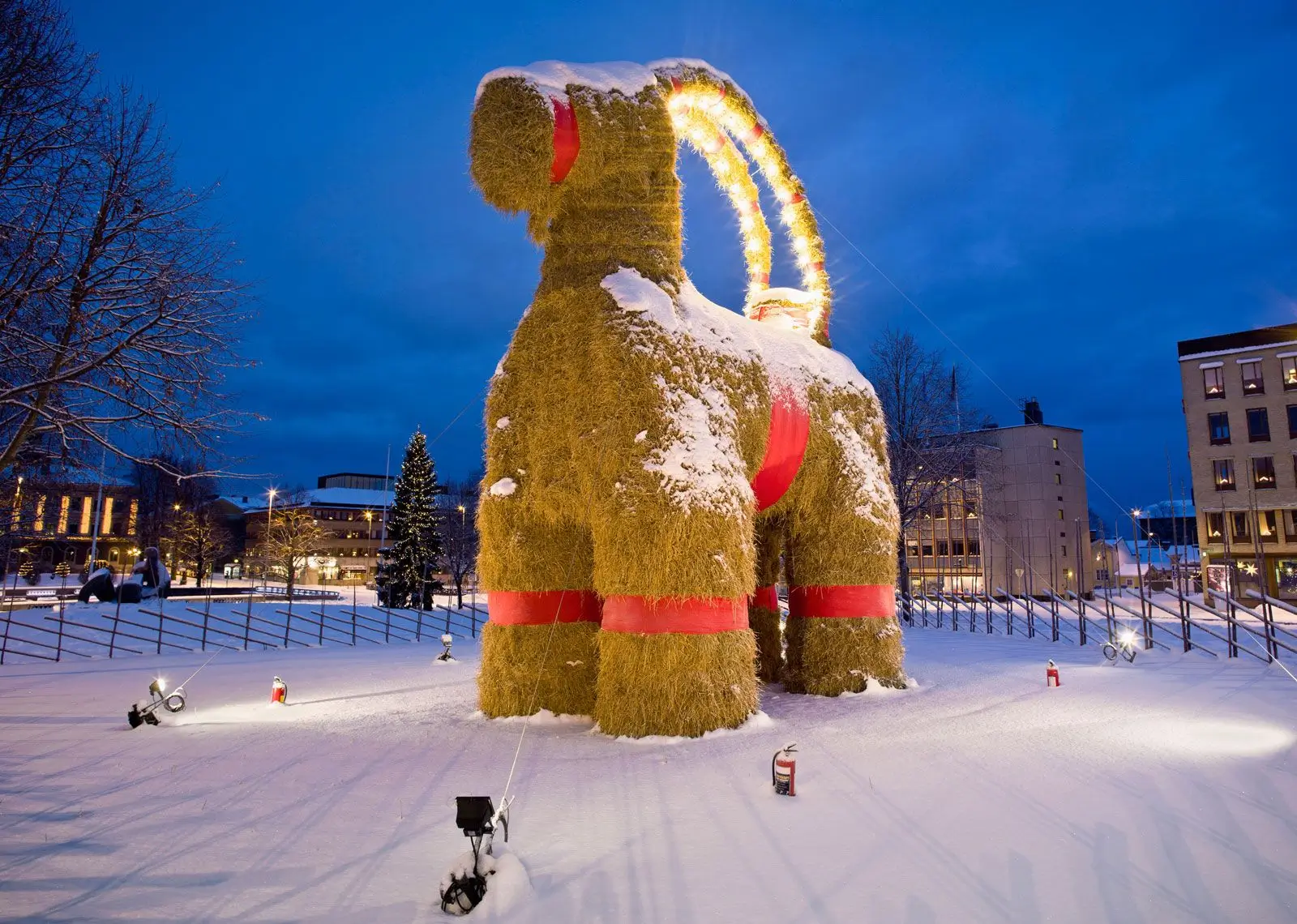
In Norse mythology, the Winter Solstice is celebrated through the festival of Yule, a tradition that has greatly influenced modern Christmas customs.
Yule logs, evergreen decorations, and the exchange of gifts all trace their origins to this ancient Nordic celebration, where the focus is on welcoming the return of the sun and the lengthening of days.
2. Dongzhi: Chinese Reunion
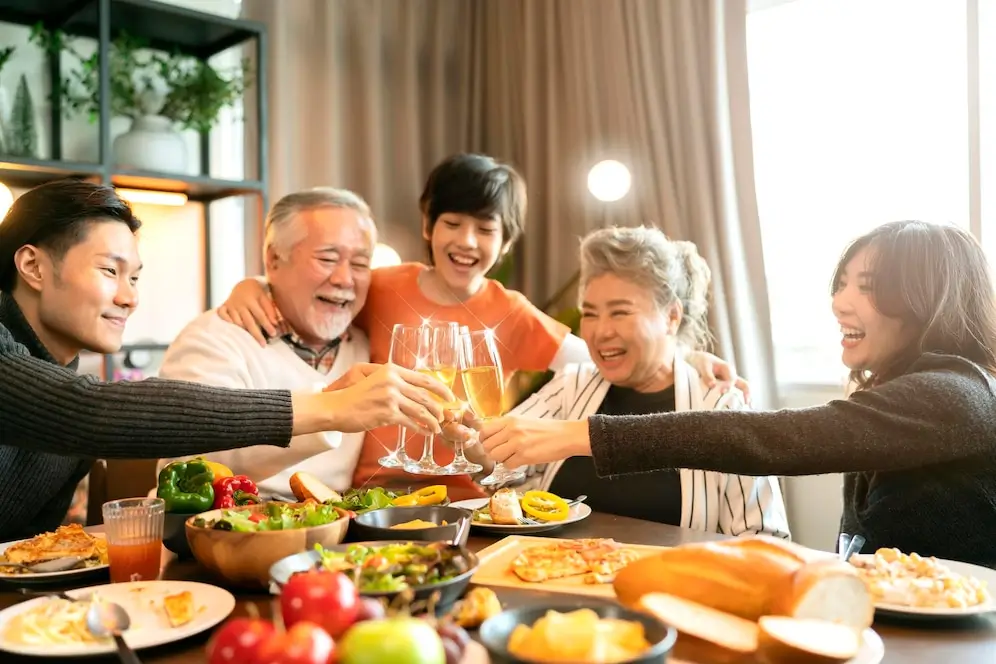
In China, the Winter Solstice, known as Dongzhi, is a time for family reunions and feasting.
Symbolizing the balance between yin and yang, this celebration emphasizes the importance of harmony and the strengthening of family bonds. Tangyuan, sweet rice balls, are often served to mark the occasion.
3. Inti Raymi: Incan Sun Worship
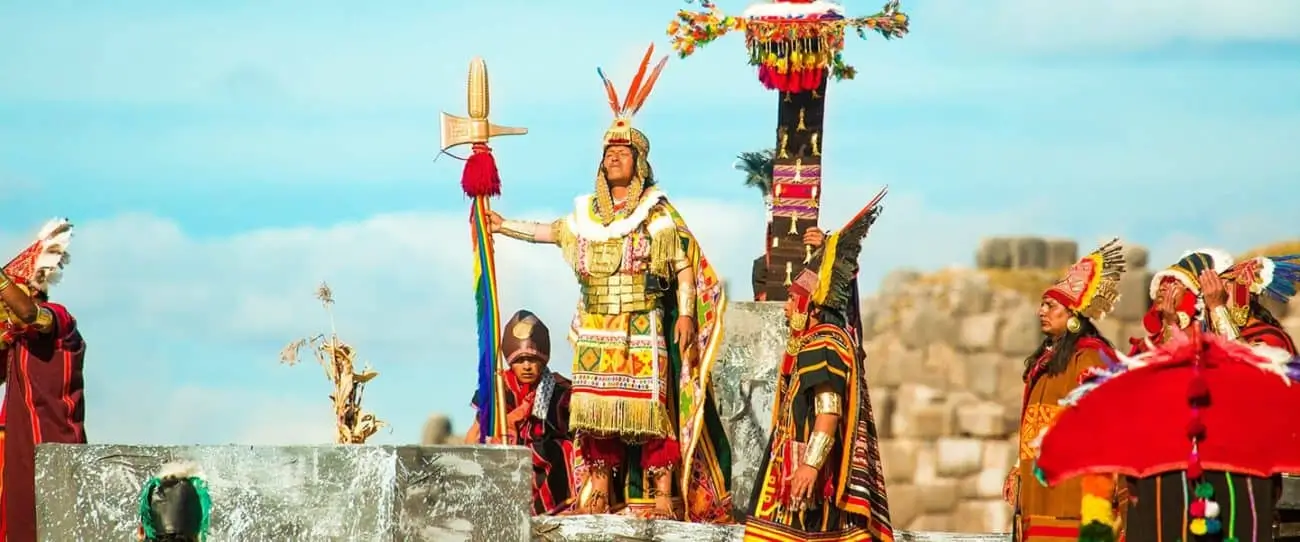
The indigenous people of the Andes, particularly the Incas, celebrate Inti Raymi during the Winter Solstice.
Honoring the Sun God, Inti, this festival involves colorful processions, traditional dances, and rituals held at ancient sites like Sacsayhuamán. It is a homage to the vital role of the sun in sustaining life and agriculture.
4. Saturnalia: Roman Revelry
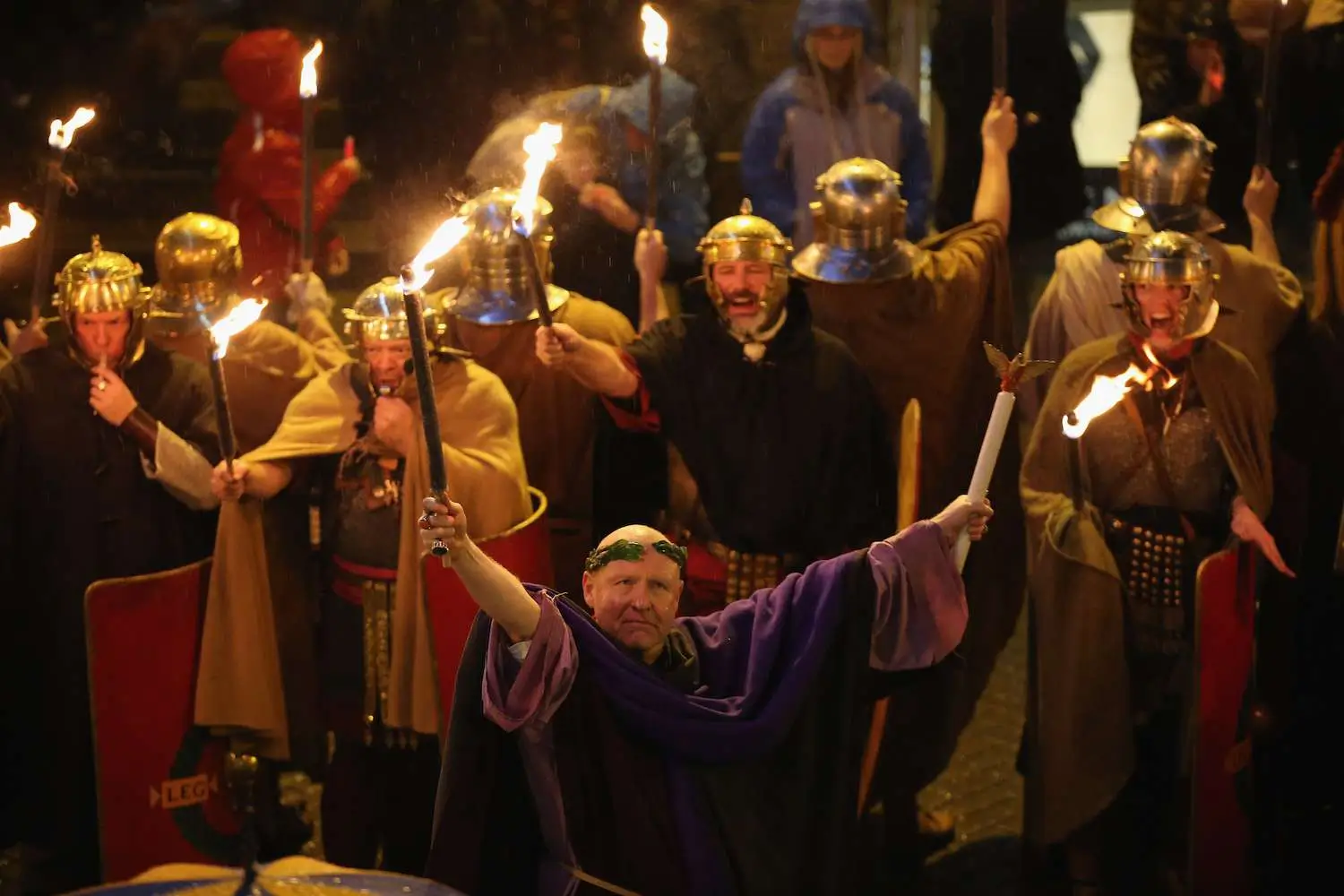
In ancient Rome, the Winter Solstice was commemorated with Saturnalia, a festival dedicated to the god Saturn. Lasting for several days, Saturnalia was a time of merriment, feasting, and the temporary suspension of social norms.
It was a time when masters and slaves would switch roles temporarily, highlighting the festive spirit of equality and joy.
5. Pagan Celebrations: Wiccan Wonders
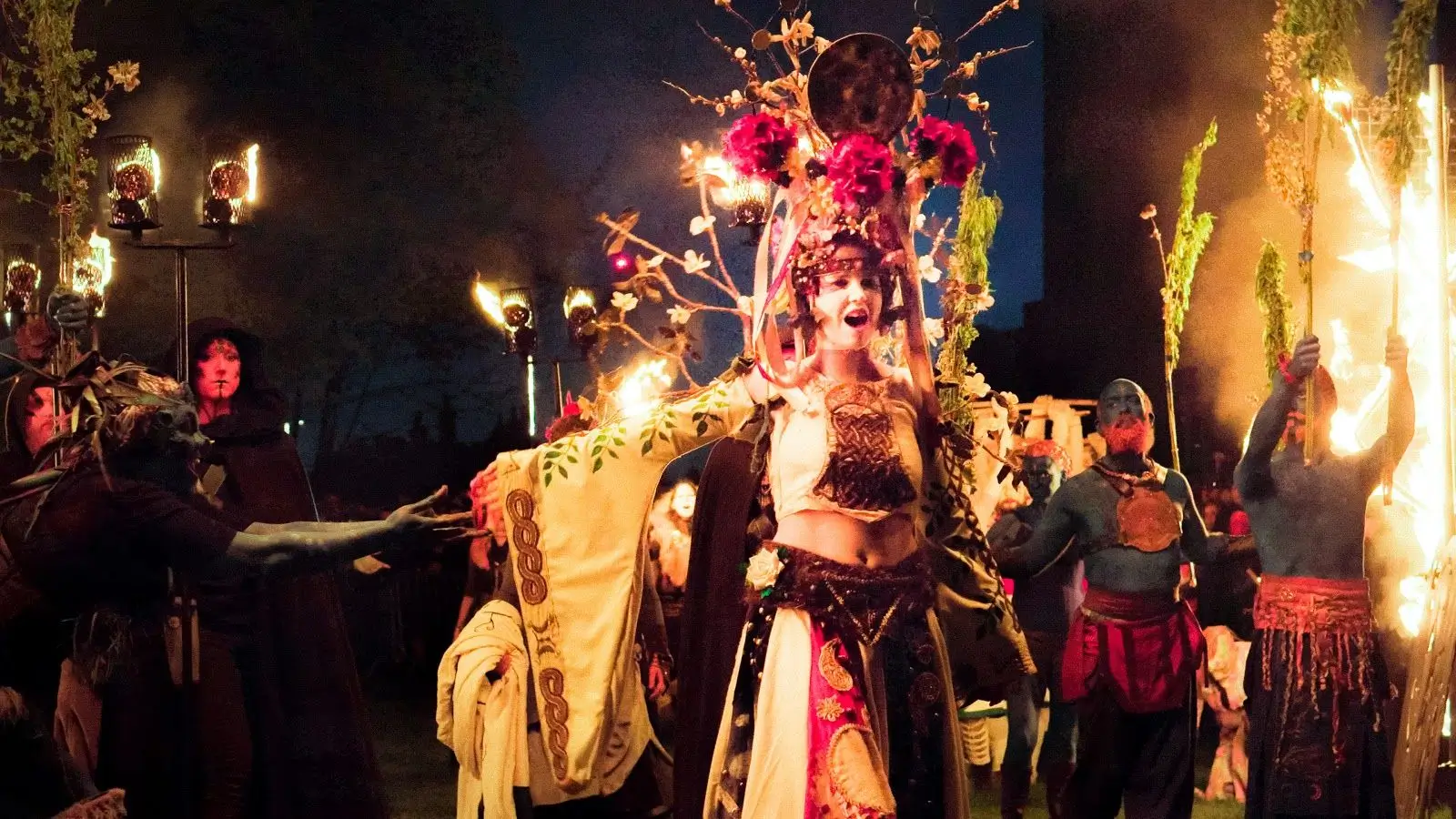
For modern-day Wiccans and many neo-pagan traditions, the Winter Solstice holds special significance.
Often referred to as Yule in these circles, the festival involves rituals focused on the rebirth of the sun god, the lighting of candles or bonfires, and the exchange of symbolic gifts.
Modern Celebrations:
As the world becomes more interconnected, the celebration of the Winter Solstice has taken on new dimensions. In addition to traditional observances, people globally engage in various activities to mark this celestial event.
From winter solstice yoga sessions to eco-friendly light festivals, contemporary celebrations often emphasize environmental consciousness and a connection to the natural world.
Conclusion:
Winter Solstice celebrations offer a captivating glimpse into the rich tapestry of human culture and our shared connection to the cosmos.
Whether through ancient rituals or modern interpretations, the common thread that runs through these diverse celebrations is the acknowledgment of nature’s cycles and the universal longing for light during the darkest days of the year.
As we gather with loved ones, light candles, and share in the warmth of community, we continue to honor the timeless significance of the Winter Solstice, celebrating the enduring hope that even in the depths of winter, the promise of renewal and brighter days is ever-present.